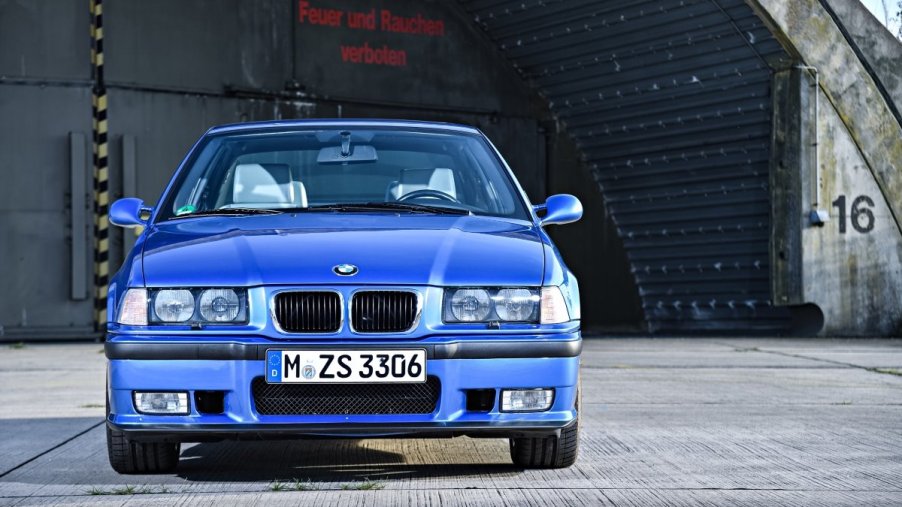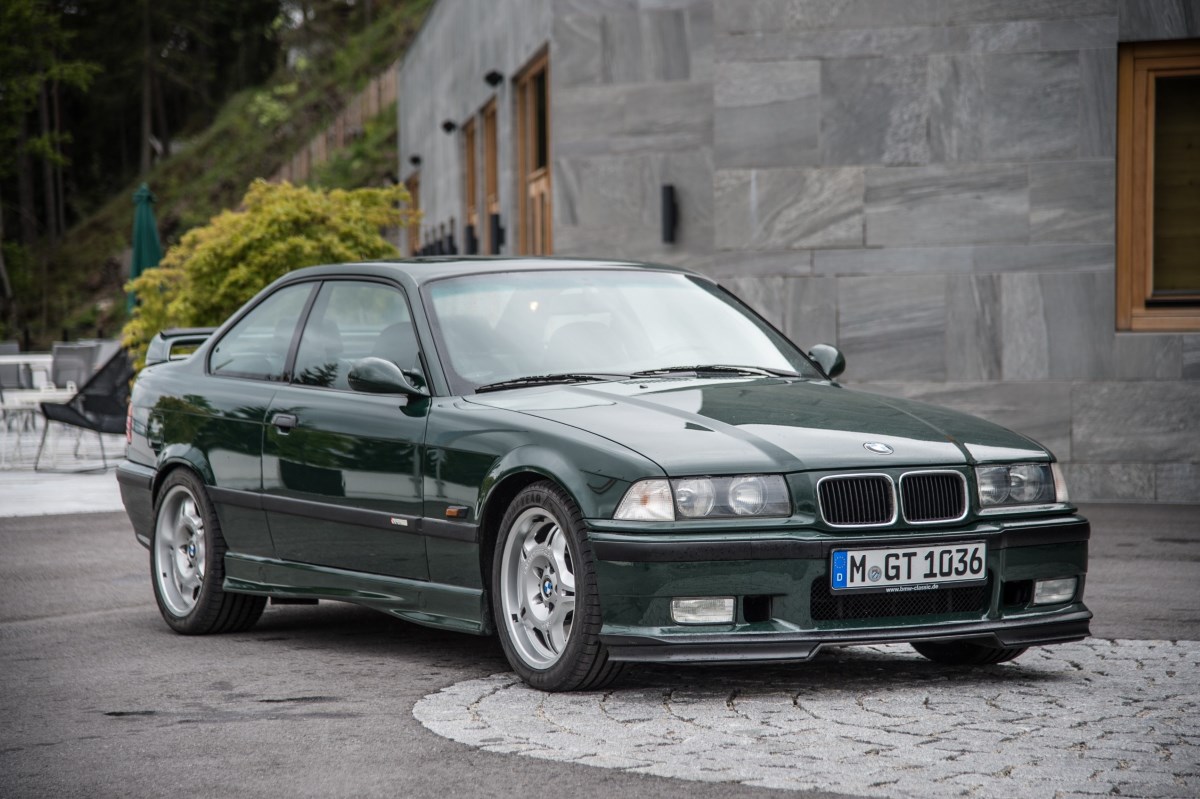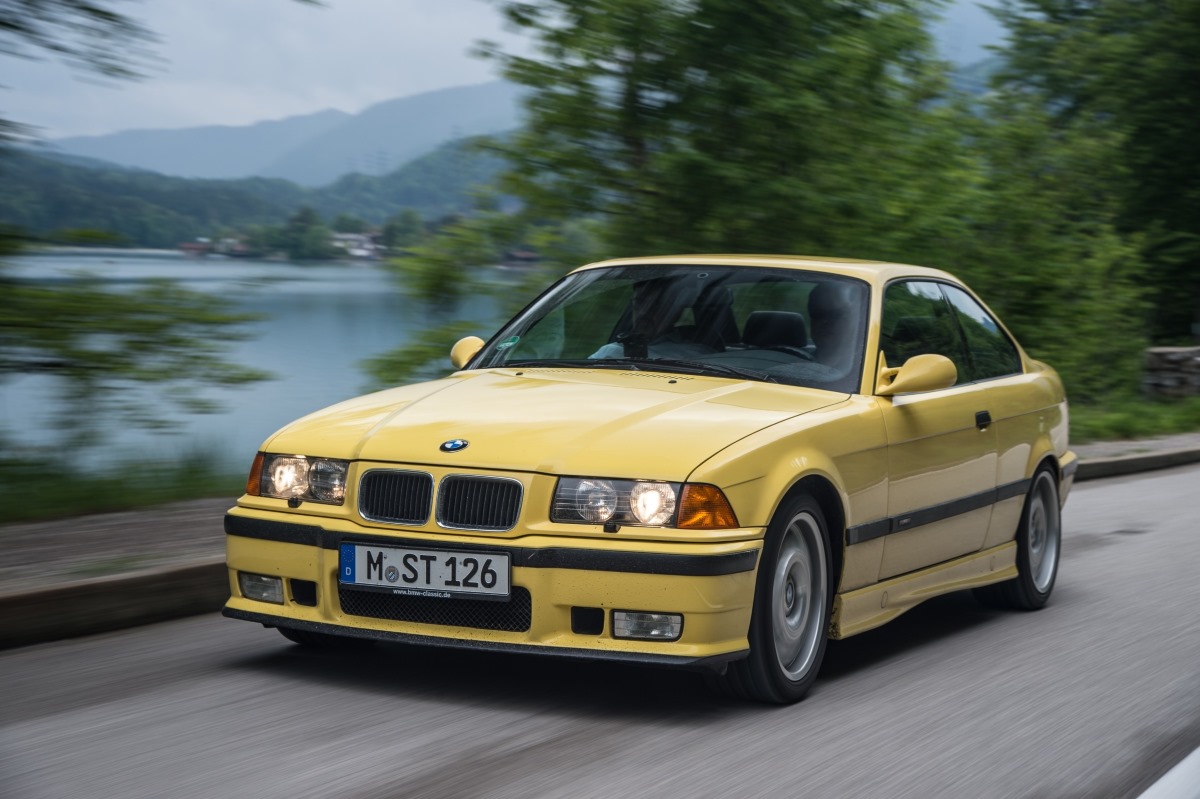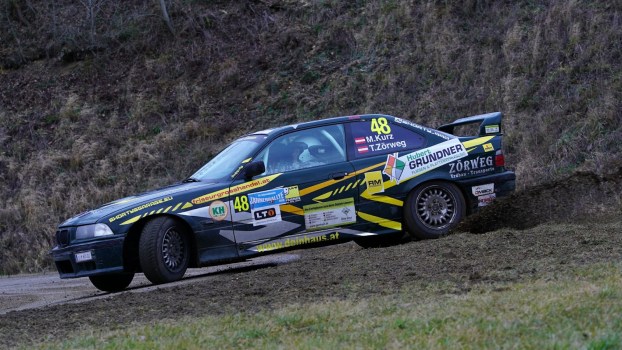
Is the E36 BMW M3 a Good Sports Car In 2023?
Modern BMW M3 models are both harsh and prohibitively expensive, but what if you aim for an older model instead? The E36 BMW M3 is an oft-forgotten option in the M3 landscape. But that could be an opportunity for you to bring home a classic without breaking the bank.
The E36 M3 is the most affordable path to M3 ownership

While the original E30 M3 has skyrocketed in price, the second-gen E36 has remained an affordable option. Since Bring-a-Trailer came online in 2016, prices for the E36 have steadily held below $20,000.
There are one-off rarities like Euro-spec models and the M3 GT that reach astronomical price tags. But for a run-of-the-mill second-gen M3, you’ll likely pay between $13,000 and $21,000, depending on its condition.
Meanwhile, the original E30 M3 is quickly headed for a six-figure average. As the original, it’s always carried a higher price tag than the E36. But these days, quality first-gen M3 models sell for well above $50,000, and many exceed six figures.
Differences between the European and American E36 M3
Performance specs of the E36 M3 can be a vexing thing to work out. The U.S.-spec M3 is different from the models sold in the rest of the world. So if you’re browsing the auction sites to find your E36, you might find a few different performance options to choose from.
While both the American and European models got a 3.0-liter inline-six, only the European models got the advanced VANOS system and individual throttle body setup. This combination churned out 286 horsepower versus just 240 horses in the U.S. models.
Even in later models, when displacement jumped to 3.2 liters, the U.S. models remained at 240 horsepower. Meanwhile, the European M3 jumped to 321 horsepower, putting it miles ahead of the watered-down American version.
Finally, the European E36 earned a six-speed manual with that jump to a 3.2-liter engine. In America, however, we were left with the same five-speed stick as in the original edition.
That’s not all. The American E36 also missed out on floating brake rotors, an oil temperature gauge, and a smaller rear differential. All of these changes affected both performance and reliability, putting a dent in the M3’s reputation.
Solving the E36 M3’s problems

While the neutered engine is a disappointment on the surface, missing out on that complex VANOS system was actually a blessing in disguise regarding reliability. However, other problems with the U.S.-spec E36 M3 were a direct result of the cost-cutting undergone to bring it to market.
However, as time marched on over the past 30 years, it became easier to solve the E36’s compromises. Upgrading from the 180mm differential to the European 210mm diff is no easy task. But if you’re going to add power to your E36, it’s a must-have upgrade for durability.
Replacing the plastic headlights with the European glass units is another durability swap, but this one is much easier to procure. For less than $500, you can replace the easily faded and chipped plastic housings for the higher-quality option right in your own driveway.
You can also modify the S50 or S52 engine with tuning options to increase horsepower, though costs vary widely depending on the tuner and any additional bolt-ons.
Is a BMW E36 M3 worth it in 2023?
We’ve talked a lot about the challenges of the E36 M3, but don’t let that discourage you. For around $15,000, you can have a classic BMW sports car in your driveway. Even better, the inline-six feels alive, and handling is both engaging and satisfying in a way that many modern cars can’t meet. In that sense, an E36 M3 is worth the price of admission, even in 2023.




